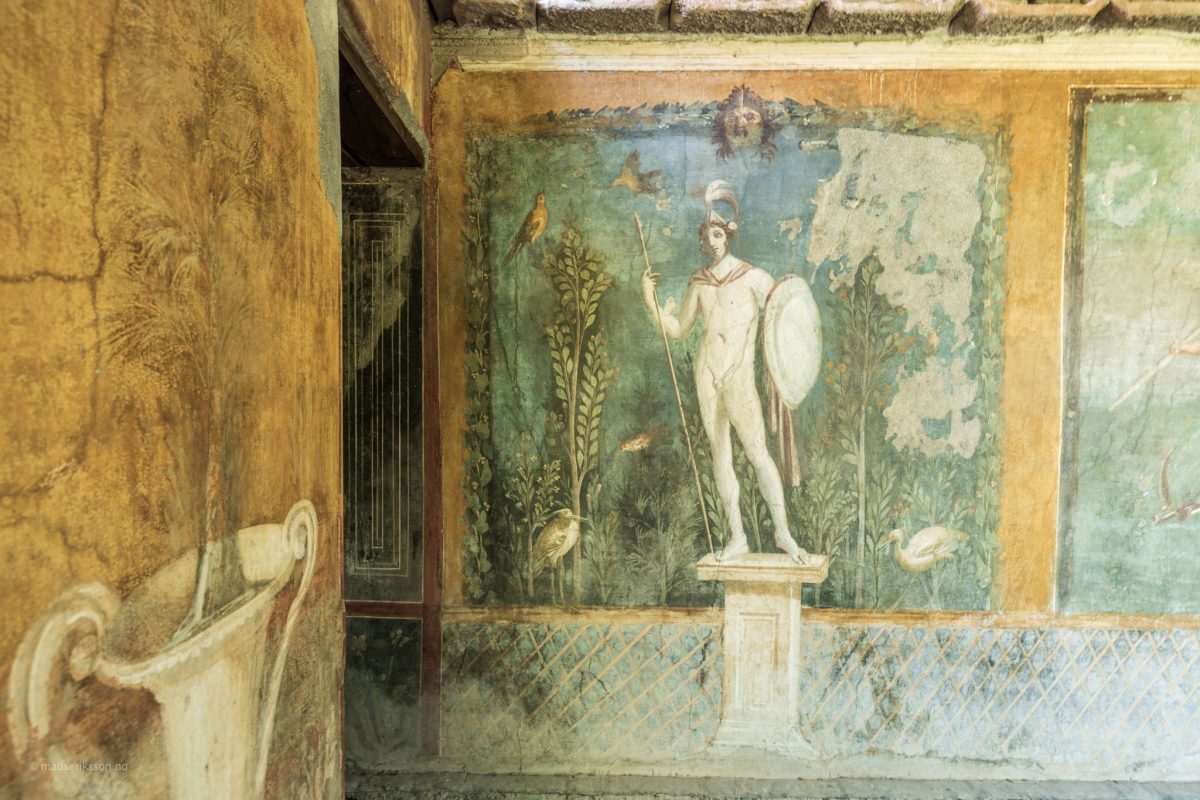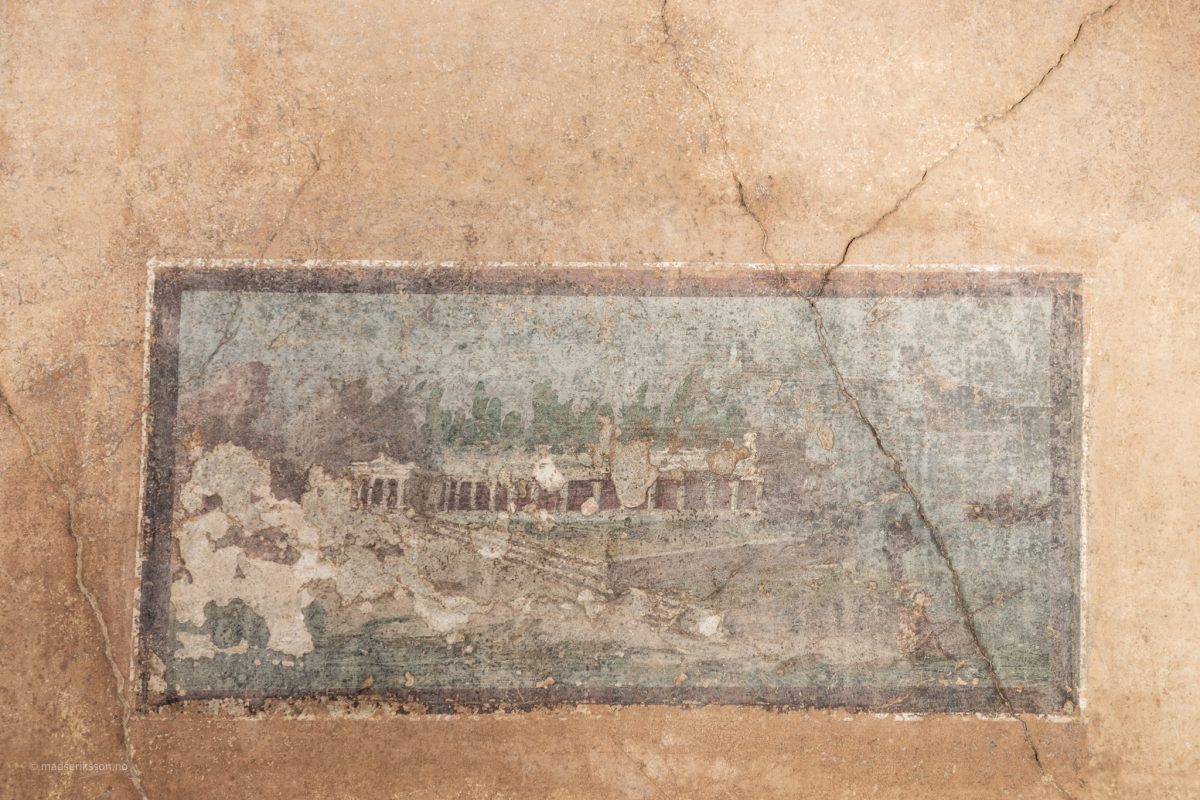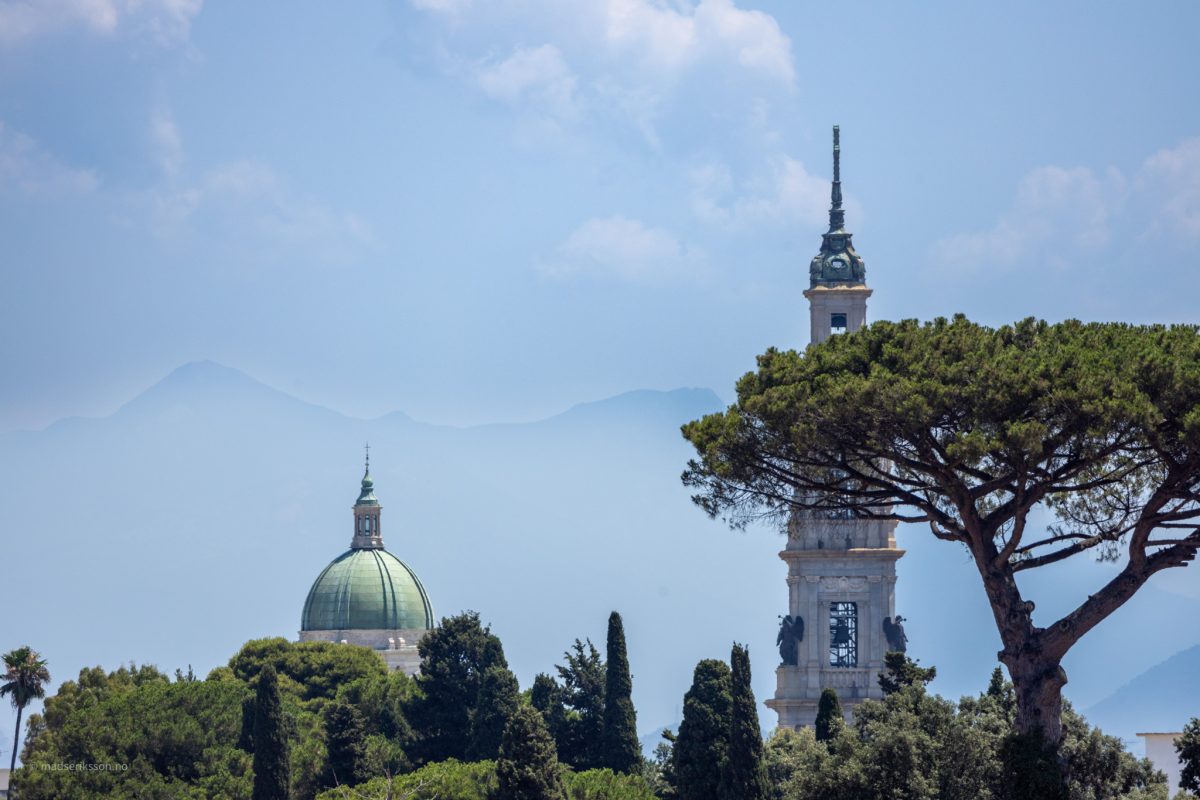Nestled near the vibrant city of Naples in southern Italy, the ancient ruins of Pompeii stand as a poignant reminder of a civilization frozen in time. This archaeological site offers visitors a rare glimpse into everyday life during the Roman Empire, preserved for centuries beneath layers of volcanic ash from Mount Vesuvius’ catastrophic eruption in 79 AD.
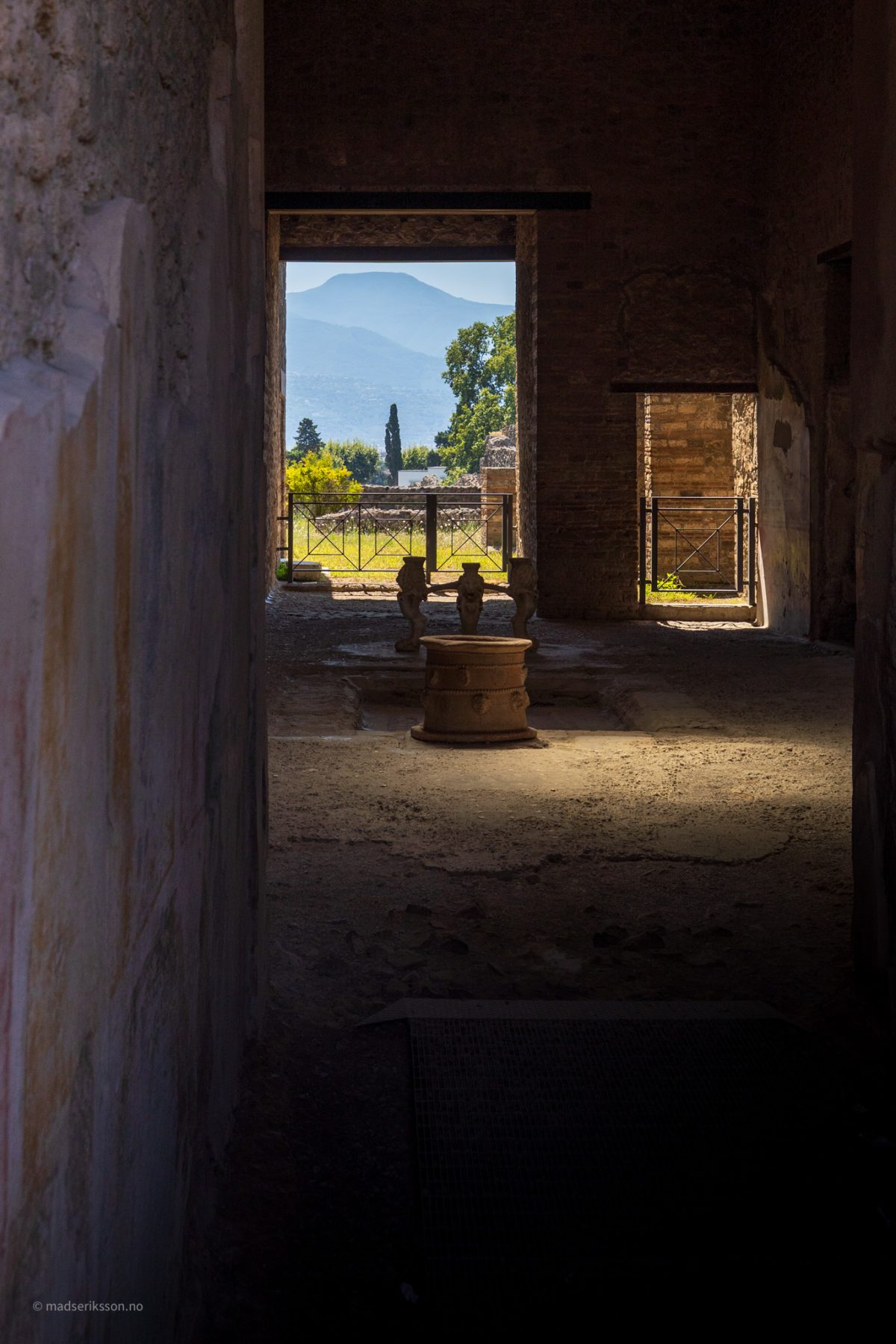
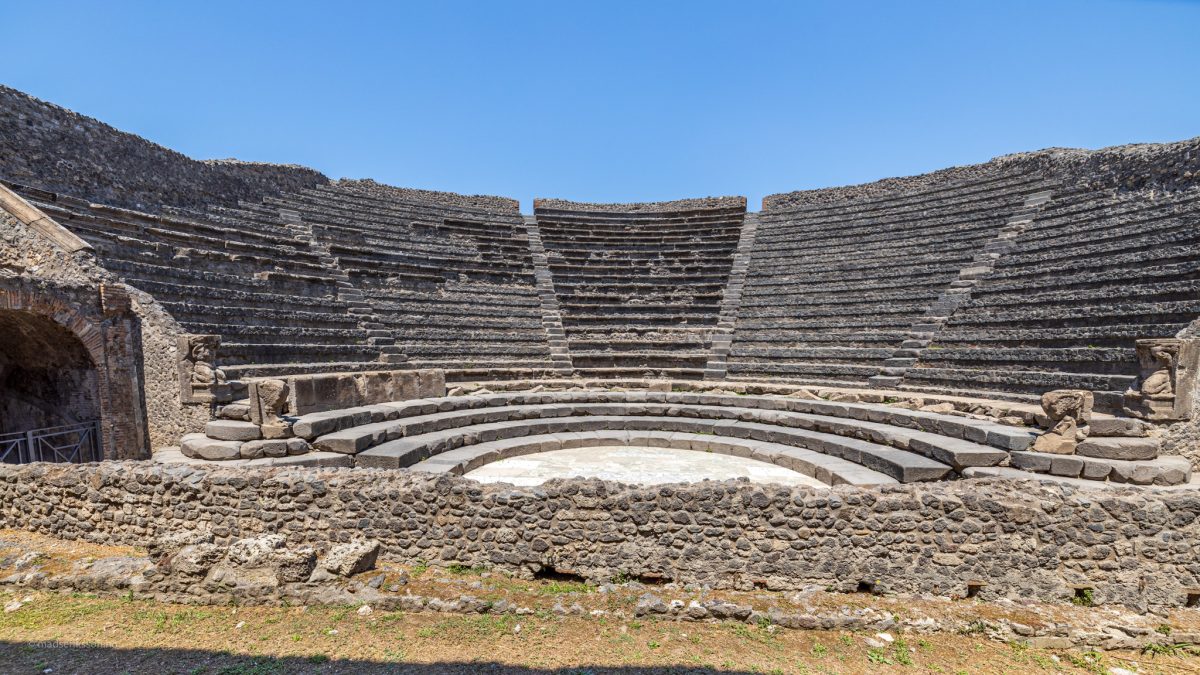
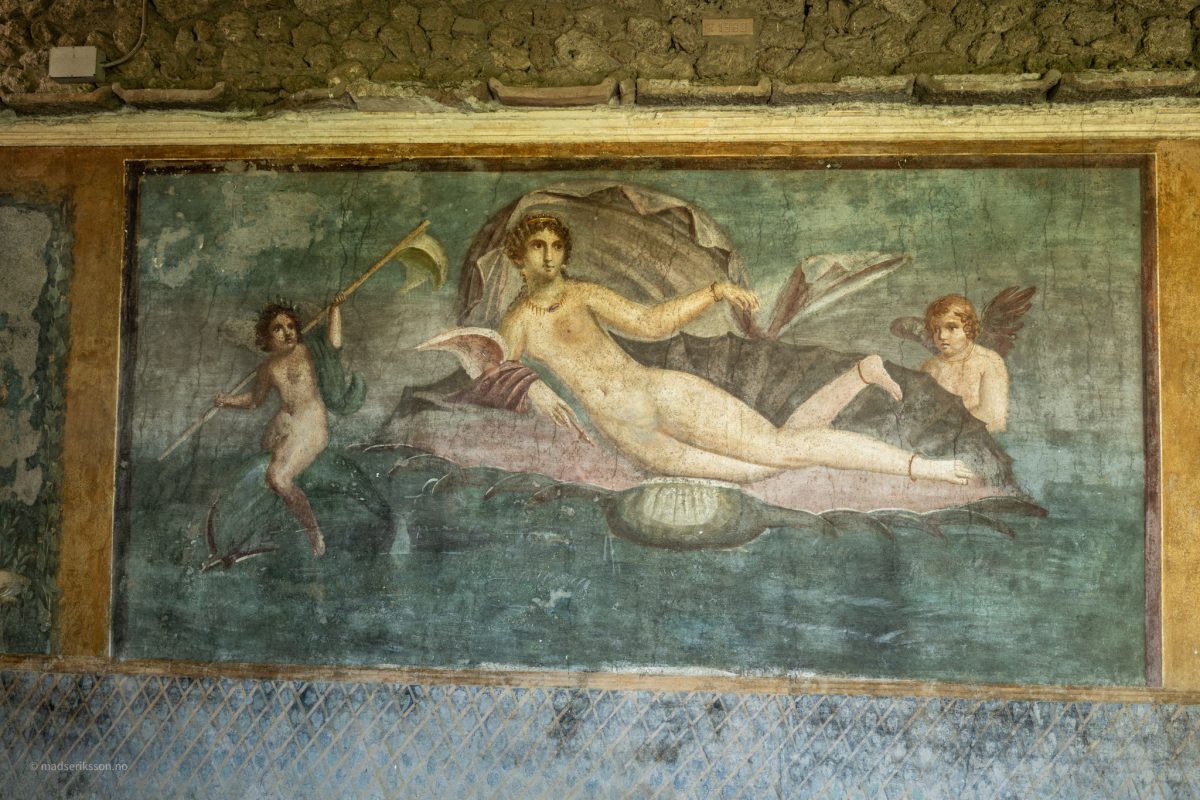
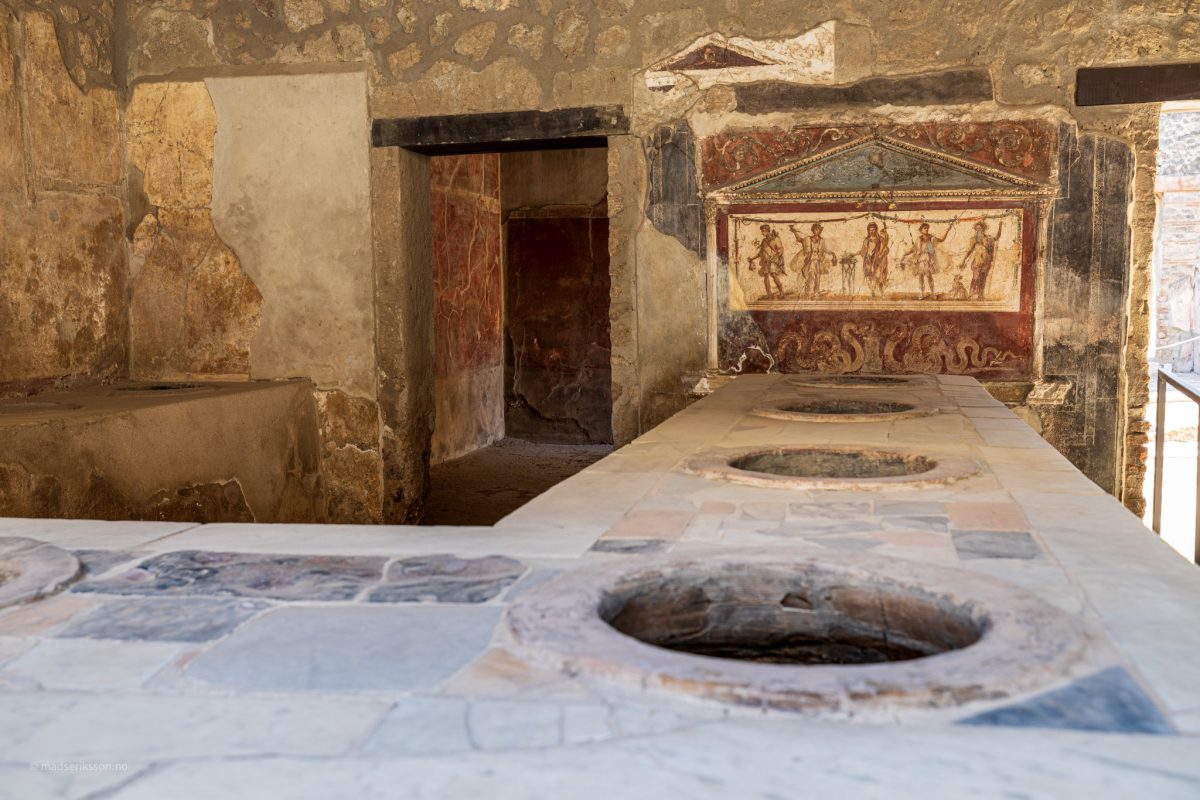

Walking through the streets of Pompeii is like stepping back in time, with remarkably well-preserved structures providing insight into Roman urban planning and architecture. Visitors can wander along cobbled roads lined with grand villas, public baths, temples, and amphitheaters that once bustled with activity before tragedy struck over two millennia ago.
One of the most iconic features of Pompeii is the Forum, a bustling civic center surrounded by important buildings such as the Temple of Jupiter and Basilica—where political discussions and social gatherings took place. The nearby House of the Faun showcases intricate mosaics depicting scenes from Greek mythology, while Villa dei Misteri captures visitors’ imaginations with its vivid frescoes still adorning its walls.

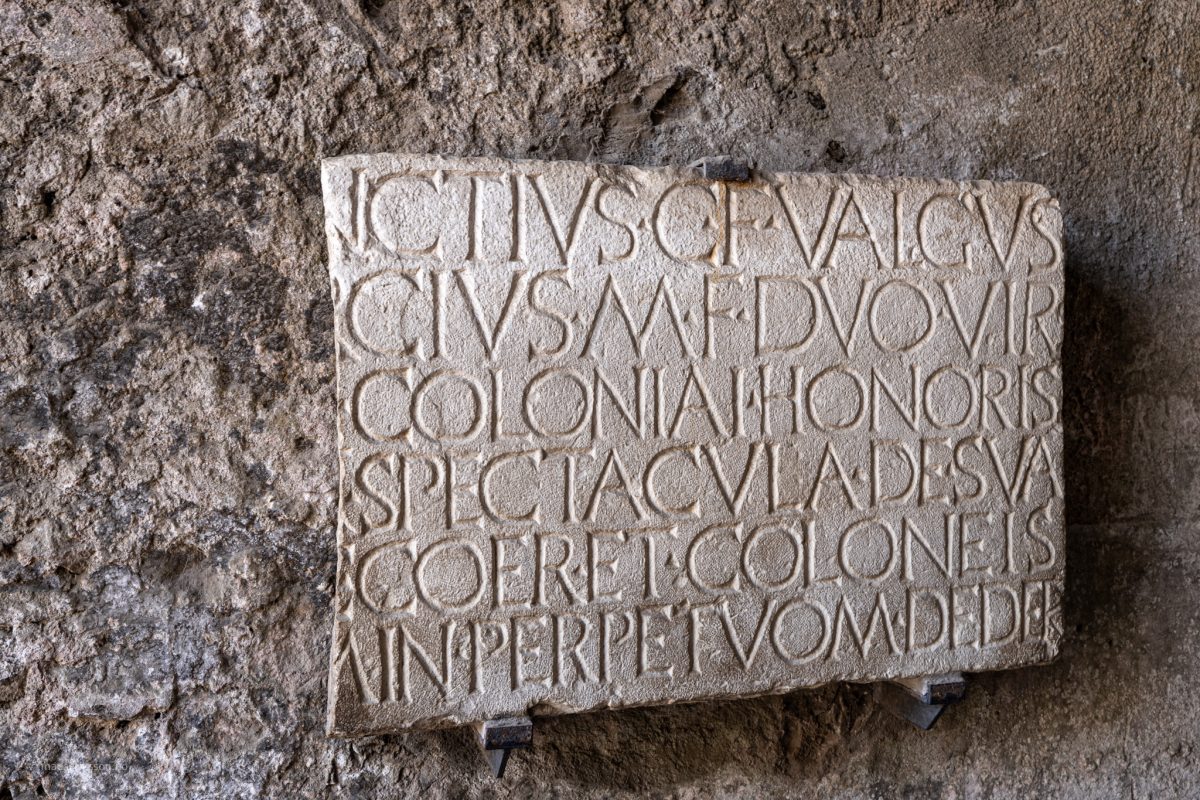


The tragic events that befell Pompeii are brought to life through haunting plaster casts made from voids left by decomposed bodies buried under ash—a sobering reminder of human lives cut short by nature’s fury. These poignant artifacts serve as powerful testaments to both the fragility and resilience of ancient civilizations faced with natural disasters.
Beyond its historical significance, Pompeii’s ruins offer breathtaking views of Mount Vesuvius looming in the distance—a stark yet beautiful backdrop to this archaeological wonder. Visitors can also explore neighboring sites like Herculaneum or journey further to climb Vesuvius itself for panoramic vistas overlooking Naples Bay and beyond.
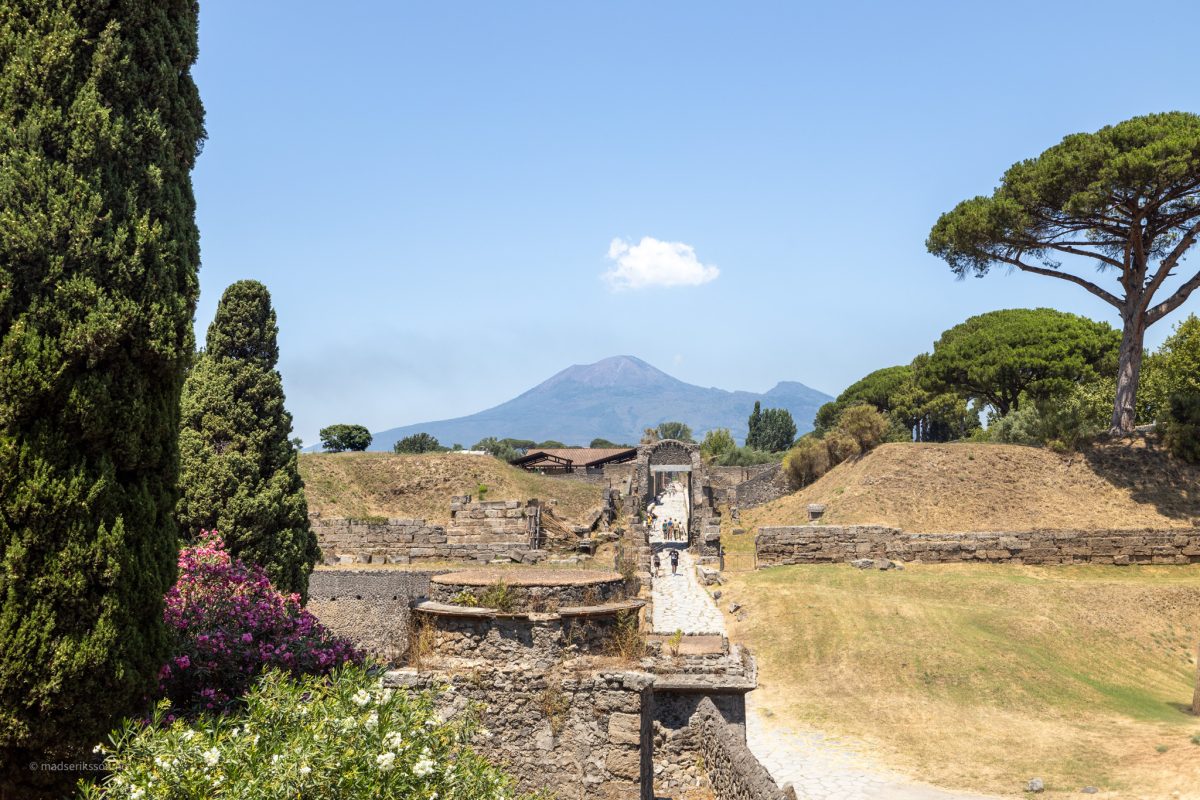
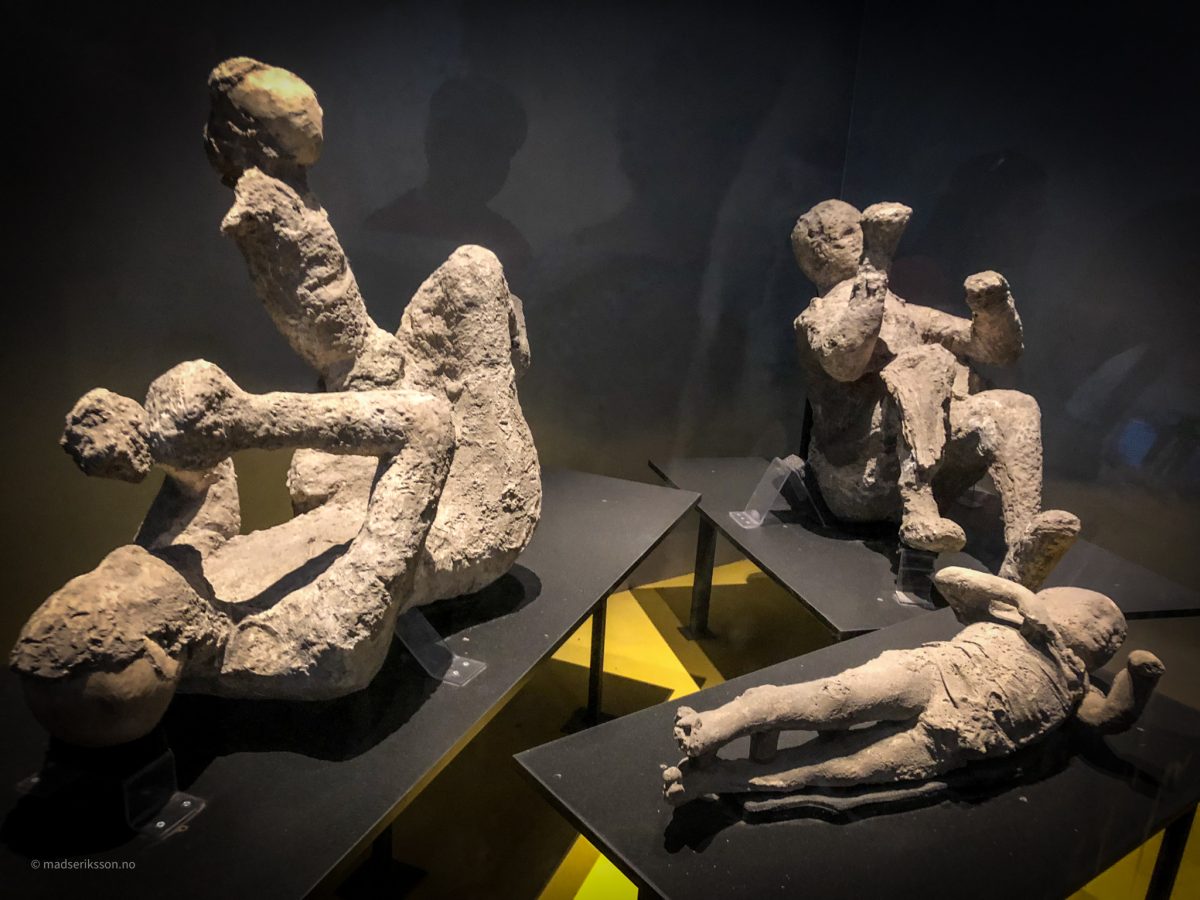

Here are some interesting facts about Pompeii:
Historical Significance: Pompeii was an ancient Roman city located near modern Naples in Italy. It was buried under 4 to 6 meters (13 to 20 feet) of volcanic ash and pumice after the catastrophic eruption of Mount Vesuvius in AD 79.
City Life Preserved: The eruption preserved the city in remarkable detail, allowing archaeologists to study Roman life as it existed almost two millennia ago. Buildings, artifacts, and even casts of victims were discovered frozen in time.
Population: At the time of its destruction, Pompeii had a population estimated between 10,000 and 20,000 inhabitants.
Rediscovery: Although known since antiquity, systematic excavations began only in the mid-18th century when it was rediscovered by Spanish engineer Rocque Joaquin de Alcubierre.
Architecture and Art: Pompeii is famous for its well-preserved architecture and frescoes that depict everyday life as well as mythological scenes.
Thermopolia: Fast food restaurants called thermopolia were prevalent in Pompeii; these establishments served hot food and drinks to locals who often did not have kitchens at home.
Casts of Victims: One of the most haunting discoveries were plaster casts made from voids left by decomposed bodies covered by ash; they reveal how people died during the eruption.
Lively Forum: The city’s forum served as a central hub for social activity, commerce, politics, and religion—much like town squares today.
The Amphitheater: Pompeii’s amphitheater is one of the oldest surviving examples from the Roman world and could hold around 20,000 spectators for various events including gladiator games.
UNESCO World Heritage Site: In 1997, UNESCO designated Pompeii a World Heritage Site due to its historical importance along with other archaeological sites nearby like Herculaneum and Oplontis.
In conclusion, exploring the ruins of Pompeii is an unforgettable journey through history—an opportunity to witness firsthand how an ancient city was forever preserved by tragedy and rediscovered centuries later for future generations to marvel at. Whether you’re captivated by architectural marvels or moved by stories etched in stone, Pompeii invites you on an immersive exploration into a world lost but not forgotten. Plan your visit today and uncover why these timeless ruins continue to fascinate and inspire all who walk their hallowed grounds.
